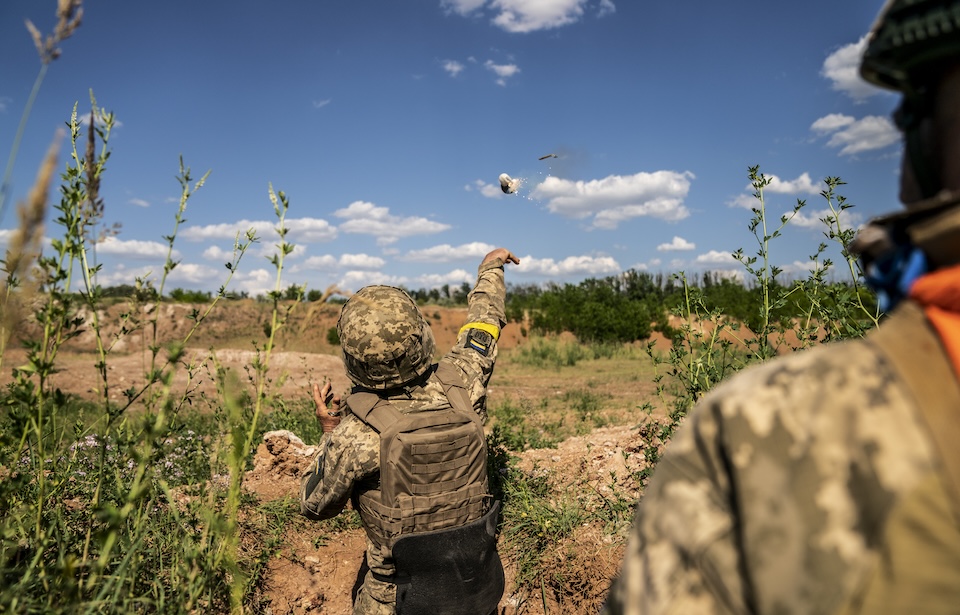Grenades are a often seen in movies and TV shows that need explosive weapons, but they are almost never used properly. On screen, characters dramatically pull the pins with their teeth, hurl grenades at their enemies, and brace for enormous explosions. While these moments do increase the action, they fail to reflect how grenades are actually handled.
Here are six common mistakes seen in the portrayal of grenades in military films.
What is a grenade?
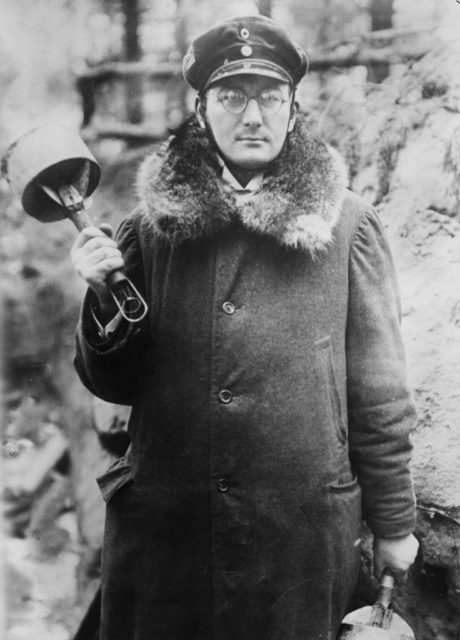
Contemporary hand grenades comprise an internal explosive charge, a detonator and an internal striker responsible for initiating the explosion. These components are secured by a lever and pin safety device. While there are diverse grenade types designed for specific purposes, the fragmentation grenade stands out as the most prevalent.
The roots of grenades can be traced back to the Byzantine Empire, where small ceramic canisters resembling pomegranates were utilized. These containers were filled with “Greek fire” and employed to set ships ablaze in naval battles. Concurrently, during the Song Dynasty (960-1279 AD) in China, ceramic vessels filled with gunpowder and fuses contributed to the historical evolution of grenades.
The advent of the modern grenade took place in Britain in 1906, although formal adoption by the British Army didn’t occur until ’13. The outbreak of World War I propelled advancements in hand grenade technology throughout Europe, leading to the creation of novel models like the Mills bomb, acknowledged as the inaugural modern fragmentation grenade.
Today, the weapon varies in form and purpose, from fragmentation grenades to high explosive ones, anti-tank and stun grenades (also known as flashbangs).
Movie error #1: Pulling the pin with your teeth

Building on the discussion about the history of grenades, it’s important to address the misconceptions that Hollywood often spreads about these explosive devices. One common error is the depiction of soldiers pulling the pin with their teeth.
The safety pin of a grenade is intentionally designed to be difficult to remove, particularly when it is bent. If it were as easy to pull out as it seems in movies, the grenade would not be as reliable or safe. While a soldier could technically use their teeth to remove the pin, it would most likely lead to an unpleasant visit to the dentist—something no one wants.
Using their hands to pull the pin is far more practical and safer for soldiers.
Movie error #2: A massive fireball explosion
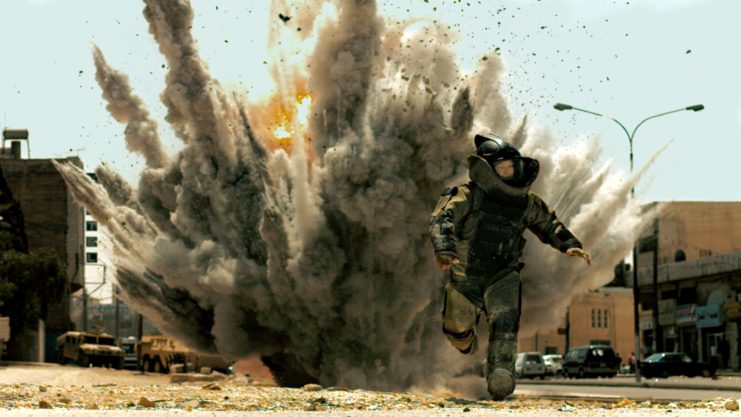
In many war films, characters are often shown throwing grenades, leading to a dramatic explosion followed by their slow-motion escape, as is typical in Hollywood. However, this portrayal is far from reality. Grenades are not intended to create large fireballs; their primary function is to disperse shrapnel over a wide area.
The average causality radius of a hand grenade is between five and 20 meters. Within 10 meters, a grenade can cause fatal injuries, while serious harm can still occur up to 20 meters away. Despite the grenade’s deadly potential, it does not have the power to produce the massive fireballs often shown in movies.
Movie error #3: The effects of shrapnel
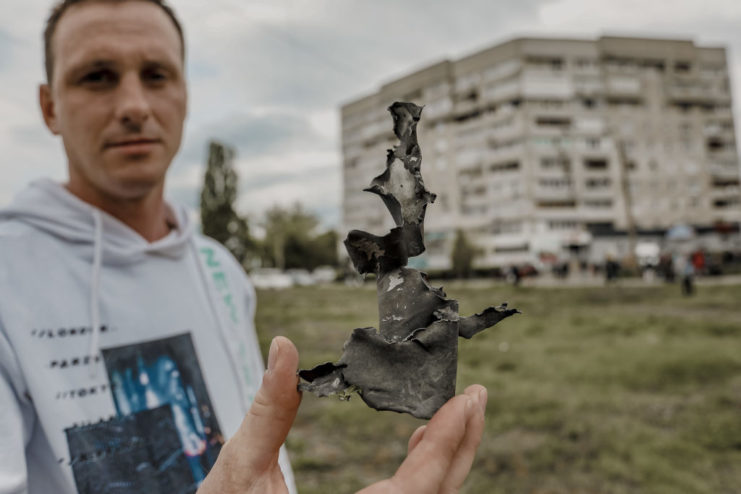
The M67 fragmentation grenade is one of the most commonly used grenades today. It’s specifically designed for defensive purposes, breaking apart upon detonation and dispersing shrapnel in all directions. Even improvised devices, like Molotov cocktails, rely on similar fragmentation effects to increase their destructive impact.
However, in movies, TV shows and video games, the focus is often placed on the explosive blast as the main danger, while the shrapnel is downplayed. In reality, the explosion alone is rarely lethal to those within the blast radius – in fact, the real threat comes from the deadly shrapnel it generates.
Movie error #4: Throwing the grenade like a baseball
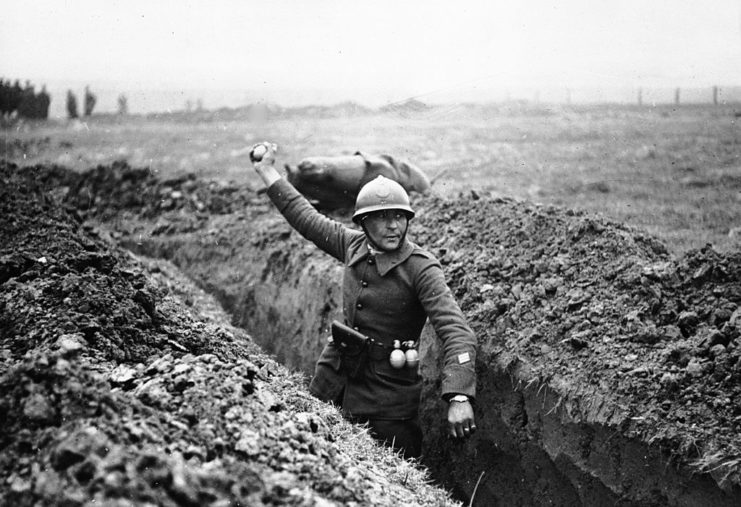
When soldiers throw a grenade in movies, they usually throw it lightly over the shoulder like a baseball. In reality, grenades are much heavier than the average baseball, weighing around 400 grams (depending on the model), while a baseball only weighs 141 grams.
It takes time and practice for soldiers to properly learn how to throw a grenade with enough force to avoid falling victim to the 20-meter-wide causality radius.
Movie error #5: Projectile grenades are not missiles
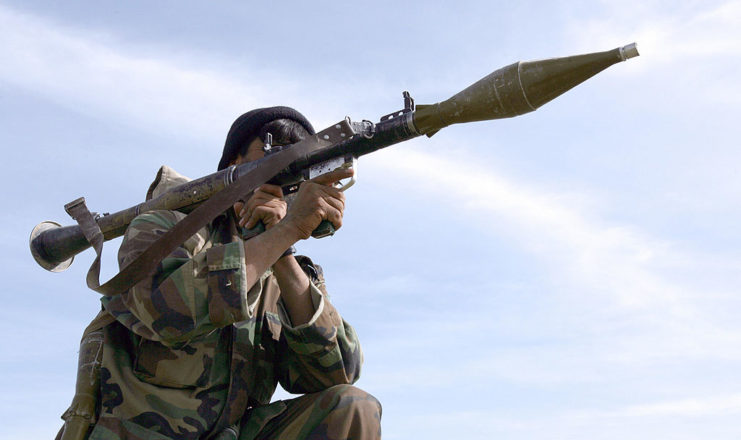
Grenade launchers, often referred to as projectile grenades, are among the most globally recognized weapons. Introduced to modern warfare during World War I, early versions relied on tools like crossbows and catapults, making them much less effective compared to the advanced models seen today.
Modern projectile grenades are so advanced that they are sometimes mistaken for missiles or rocket-propelled grenades (RPGs). However, RPGs are larger and fire bigger ammunition equipped with its own internal fuel source, while grenade launchers are compact rifles that use external fuel to propel fragmentation grenades, minimizing the risk of accidental detonation.
Both rocket launchers and grenade launchers offer different advantages. Grenade launchers are more portable and allow for faster firing, whereas rocket launchers can hit targets at much greater distances. Although movies often blur the differences between the two, grenade launchers and rocket launchers are actually quite different!
Movie error #6: You can’t actually throw grenades back
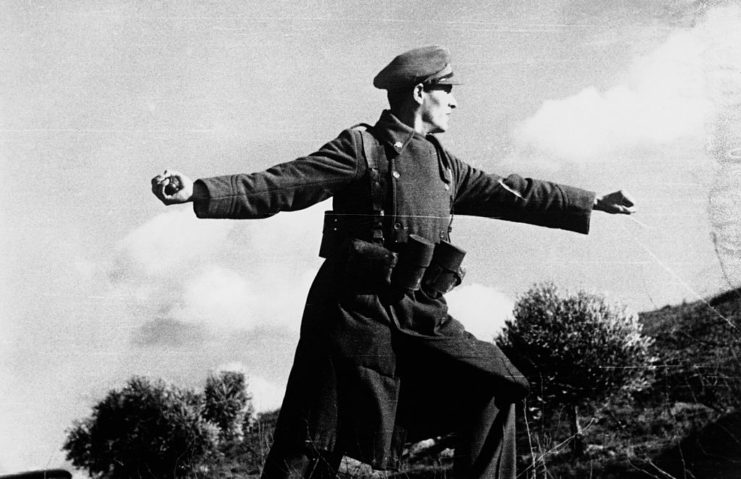
One movie trope that likely bothers many soldiers and military enthusiasts is when characters throw back unpinned grenades – especially when they’ve been sitting on the ground for more than a few seconds. While throwing the weapon back can be accomplished in some circumstances, it’s incredibly difficult (and inadvisable), unless one has a death wish.
More from us: The Worst Position to Hold in WWII Was as a Ball Turret Gunner
New! Want to become a trivia master? Sign up for our War History Fact of the Day newsletter!
There’s only a few seconds of space between the pin being pulled and the grenade going off, and thus the only way a soldier could even successfully lob the weapon back is if they were to catch it straight out of the air. This hardly ever happens. The most likely scenario is it’ll roll and bounce on the ground, not giving someone enough time to run up to it, grab it and throw it back before detonation.
